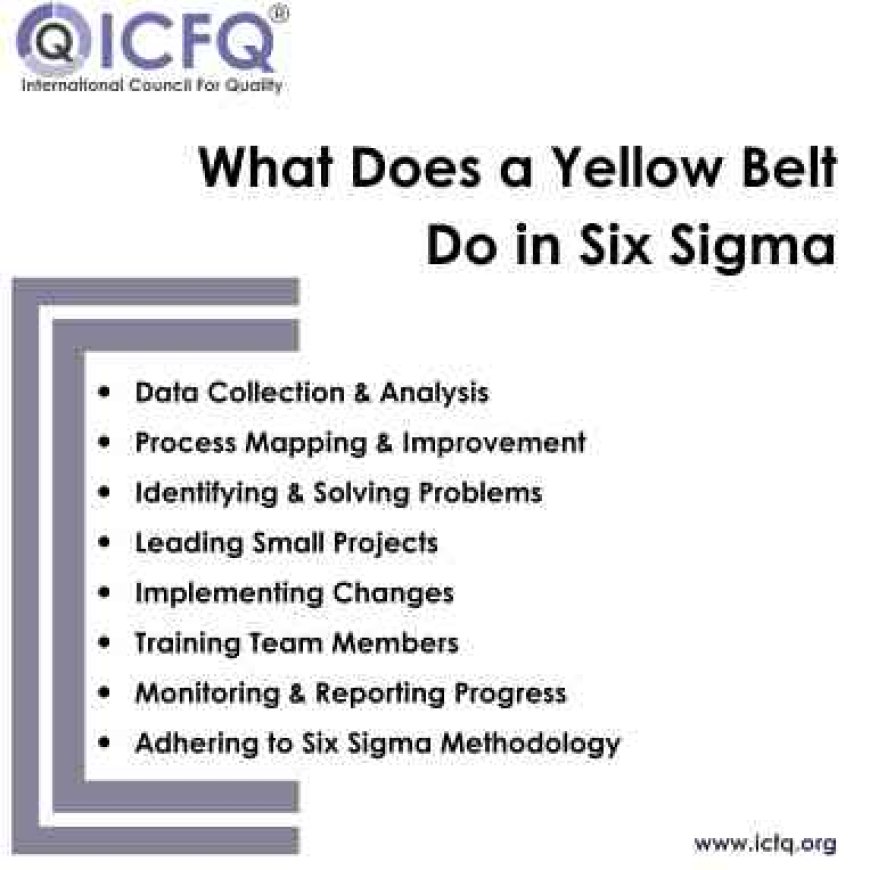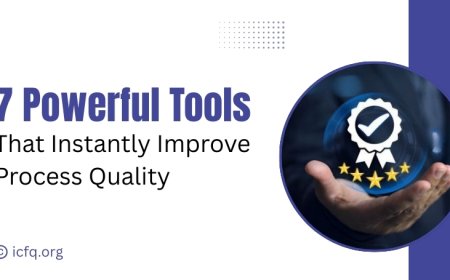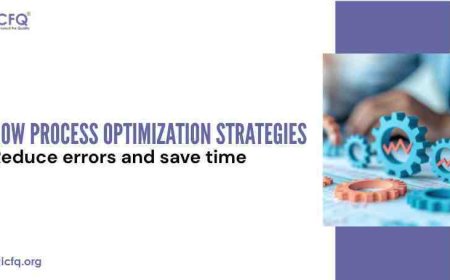What is Six Sigma Green Belt
Learn what Six Sigma Green Belt is and how it can enhance your skills in process improvement. Discover its role, benefits, and how it fits into Six Sigma methodology.

Six Sigma Green Belt professionals are trained to analyze and solve quality problems, playing a crucial role in implementing Six Sigma improvements. They focus on identifying and eliminating defects in processes, aiming to reduce variation and ensure consistent quality. Learning what a Six Sigma Green Belt involves involves mastering techniques for data analysis, process mapping, and using statistical tools to drive process improvement. Earning a Six Sigma Green Belt certification equips individuals with the skills needed to make data-driven decisions, streamline operations, and contribute significantly to their organization's success. This certification not only boosts career prospects but also adds immense value to the business by fostering a culture of continuous improvement. Understanding what is Six Sigma Green Belt can be the first step towards a more efficient and productive career path.
Understanding Six Sigma Green Belt and How It Benefits Modern Businesses
Six Sigma, a method for improving processes, has become an essential tool for many organizations. Among the different levels of Six Sigma, the Six Sigma Green Belt is a crucial role. So, what is Six Sigma Green Belt? It’s a certification for professionals who work on improving business processes. This certification shows that someone has a good grasp of Six Sigma principles, tools, and techniques and can apply them effectively in various business situations. Green Belts often work on projects with guidance from Six Sigma Black Belt, focusing on specific areas to help meet overall business goals.
Six Sigma courses, including those offered online, provide detailed training in methods like Lean Six Sigma. These courses help prepare people for different levels of Six Sigma certification, from Green Belt to Yellow Belt, Black Belt, and even Master Black Belt. Getting certified as a Six Sigma professional can boost career opportunities and lead to significant improvements in business processes.

The Complexity of Six Sigma Green Belt Certifications
Understanding what Six Sigma Green Belt certification involves can be quite challenging due to its many aspects. First, the wide range of topics covered can be overwhelming. The certification includes everything from statistical analysis to improving processes. On top of this, the tough exam and project requirements can be intimidating. Additionally, the different certification bodies and their various standards make it hard to choose the right path. Despite these challenges, the effort needed to overcome them is worthwhile for those who achieve the certification.
What Is Six Sigma Green Belt?
A Six Sigma Green Belt is a professional trained in Six Sigma methods who leads smaller projects or supports Black Belts on bigger ones. They focus on improving processes and making them more efficient by using data to cut down on mistakes and inconsistencies.
Examples of Six Sigma Green Belt Applications:
-
Manufacturing: A Six Sigma Green Belt might lead a project to cut down on defects in a production line by examining data and making changes to the process.
-
Healthcare: They may work on making patient care better by finding and fixing inefficiencies in hospital procedures.
-
Finance: Green Belts can improve financial reporting processes to ensure accuracy and speed up processing times.
Six Sigma Metrics:
-
Defects Per Million Opportunities (DPMO): This measures how many defects occur per one million opportunities, showing how well a process is performing.
-
Sigma Level: Shows how many standard deviations the process mean is from the closest specification limit. Higher sigma levels mean better performance.
-
Process Capability Index (Cp/Cpk): Measures how well a process meets set limits. Cp looks at potential capability, while Cpk accounts for shifts in the process mean.
-
First Pass Yield (FPY): Indicates the percentage of products that pass quality checks on the first try, showing how effective the process is.
-
Cost of Poor Quality (COPQ): Measures the financial impact of defects, including costs for rework, scrap, and customer complaints.
For more details on Six Sigma and how it helps improve processes, visit the ICFQsite.
The Benefits and Roles of a Six Sigma Green Belt
A Six Sigma Green Belt plays an important part in the Six Sigma approach to improving processes and ensuring quality. But what is a Six Sigma Green Belt, and how can it benefit your organization? Let’s break down the key roles and benefits of this certification.
Benefits of Being a Six Sigma Green Belt
1. Better ProblemSolving Skills: Green Belts use Six Sigma tools like DMAIC (Define, Measure, Analyze, Improve, Control) to tackle and resolve complex issues effectively.
2. Improved Efficiency: They work on making processes more efficient, cutting down on waste, and boosting productivity, which saves money and makes better use of resources.
3. Higher Quality: By using statistical analysis and data-driven methods, Green Belts help maintain high-quality standards and reduce errors.
4. Career Growth: Earning a Six Sigma Green Belt certification can open doors to new career opportunities and advancement within a company.
5. Leadership and Teamwork: Green Belts often lead project teams, encouraging teamwork and driving positive changes in their organizations.
Key Roles of a Six Sigma Green Belt
-
Managing Projects: Green Belts oversee Six Sigma projects, making sure they achieve their goals and result in improvements.
-
Analyzing Data: They study data to find trends, understand the root causes of problems, and spot areas for improvement.
-
Training and Guiding Others: Green Belts frequently train team members on Six Sigma methods and best practices.
-
Keeping Records: They document the progress, results, and improvements from their projects.
Having a Six Sigma Green Belt brings many benefits, including better problem-solving skills, increased process efficiency, and career advancement. Their roles involve managing projects, analyzing data, and leading teams, making them valuable contributors to any organization. For more details on Six Sigma certifications and resources, check out [ICFQ](https://icfq.com).





























